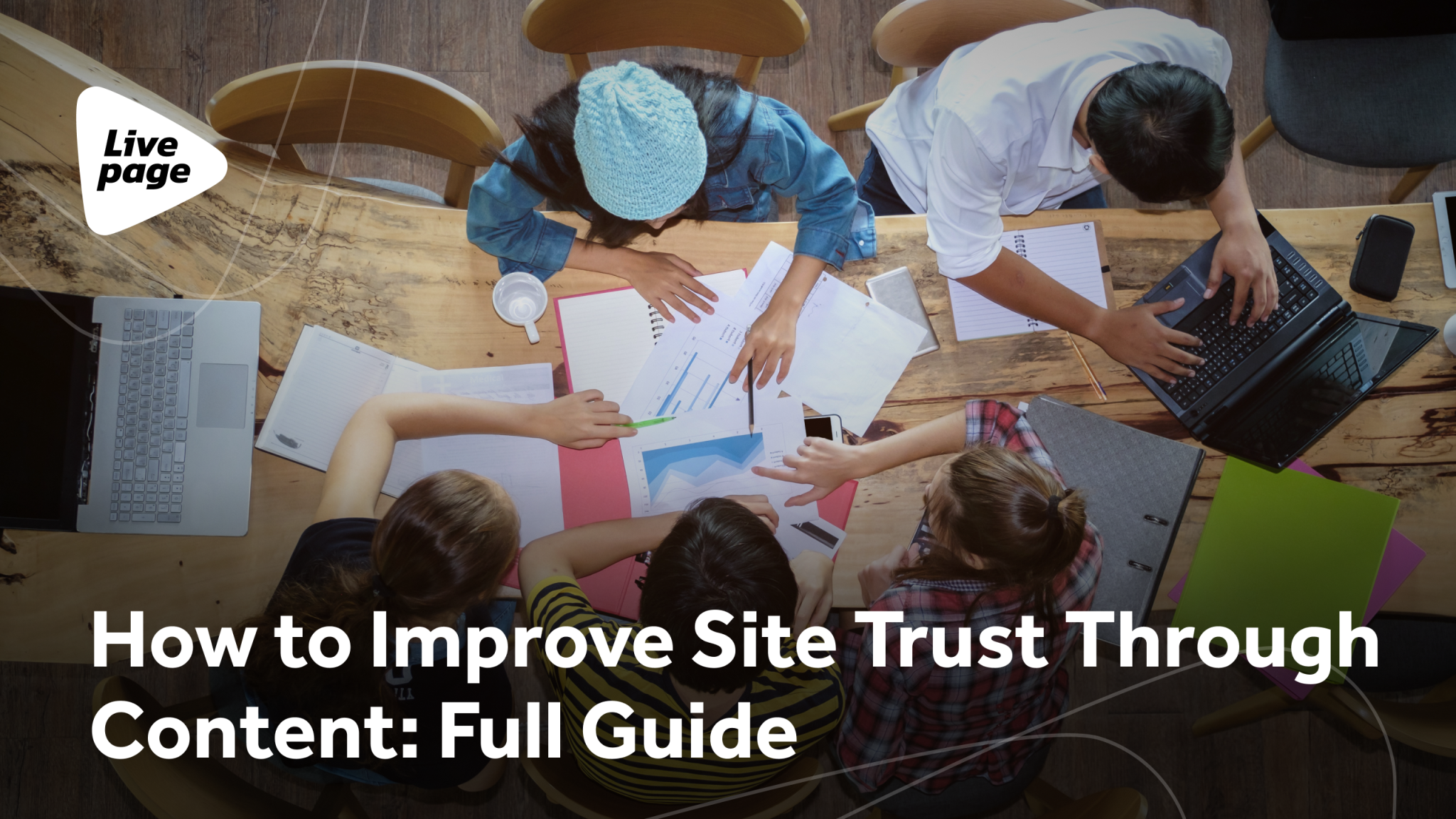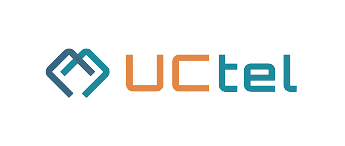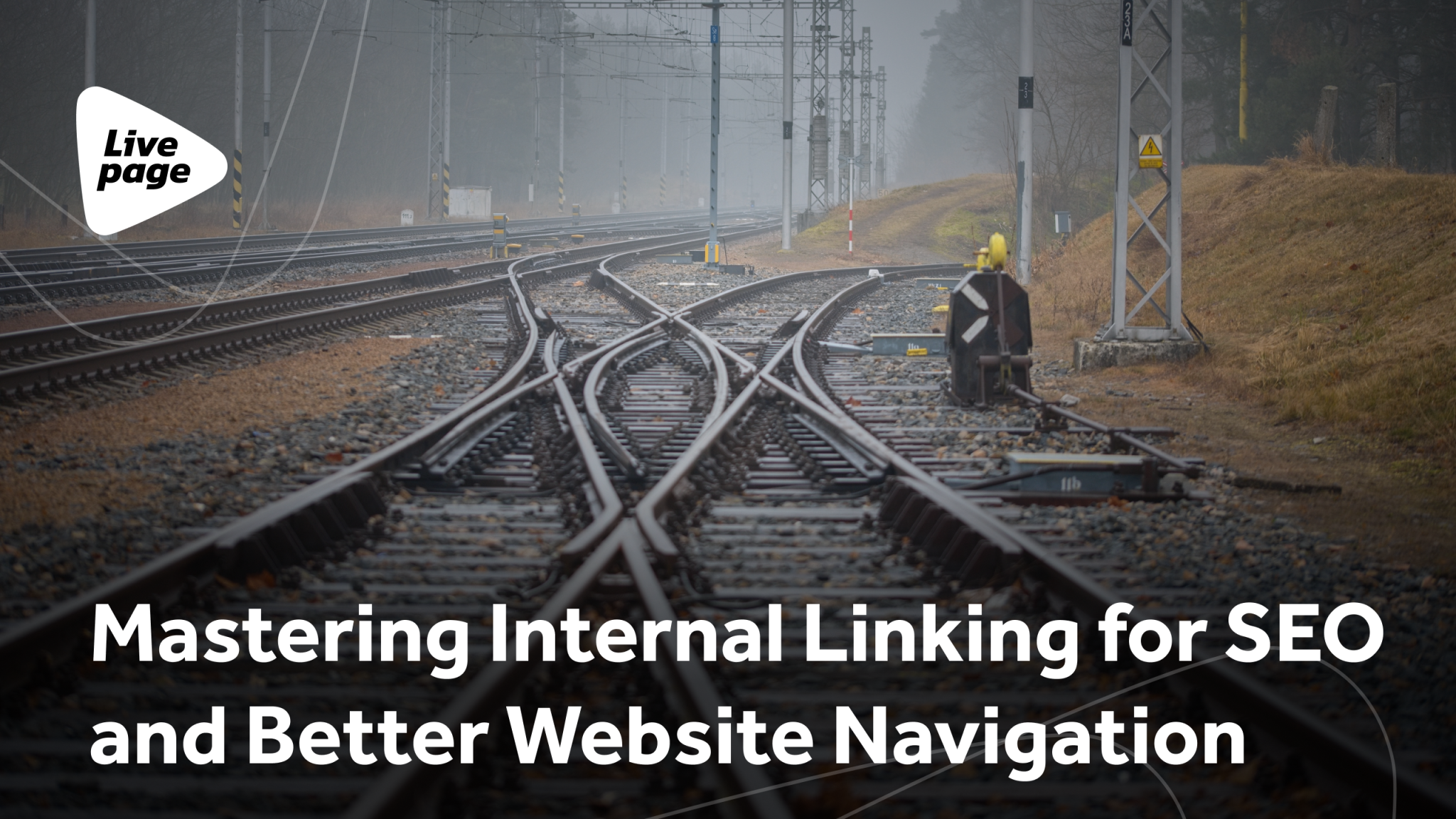
Why SEO Doesn’t Work Without the Right Target Audience
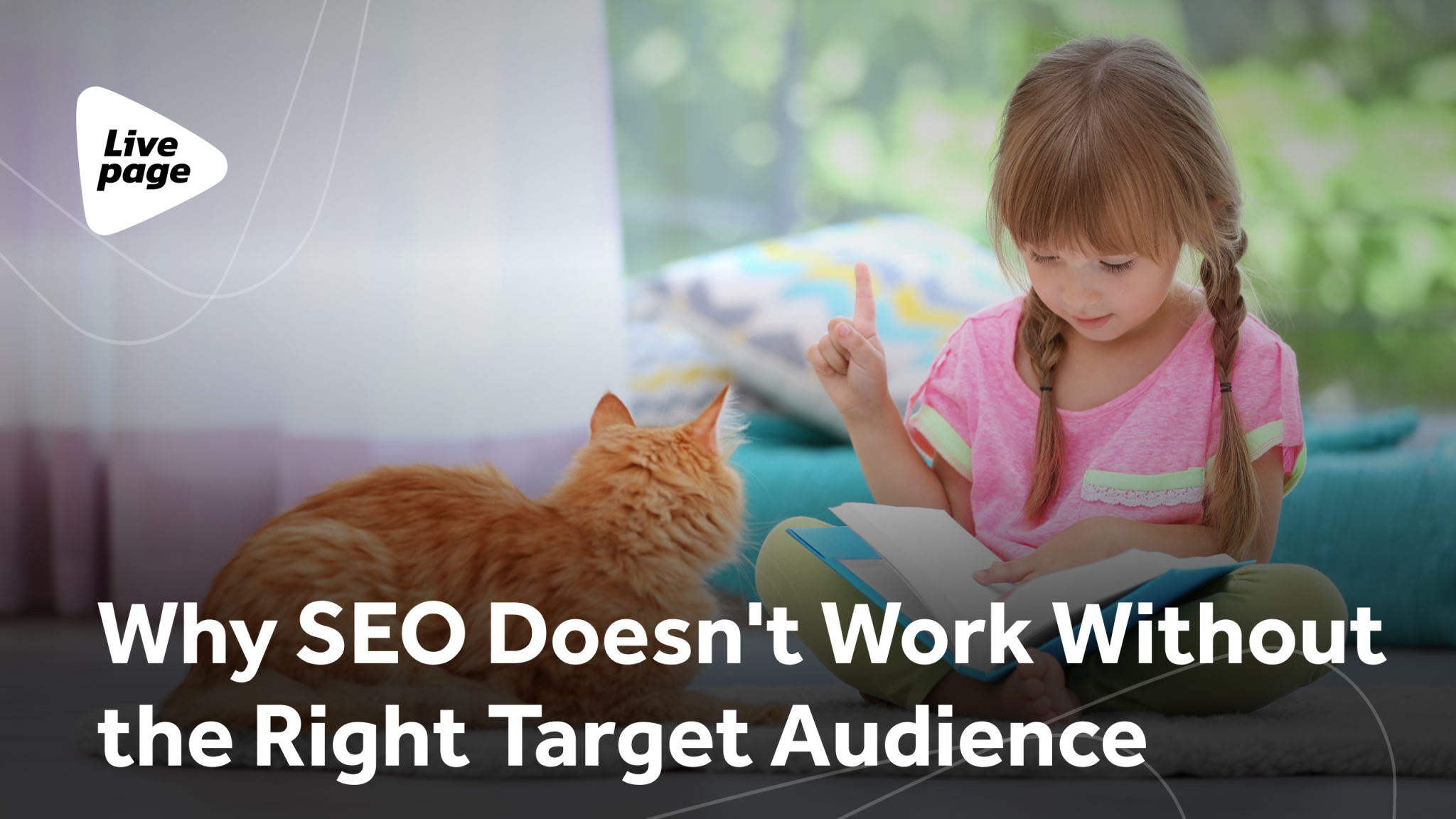
Many companies keep pouring money into SEO, hoping it will drive sales and bring in a steady flow of leads. And the rankings in Google seem to improve, yet all the sales department hears is crickets.
The issue often isn’t bad SEO at all. The real problem is not knowing who your target audience actually is. Without this foundation, even the most experienced SEO expert will struggle to turn higher traffic into conversions and real profit.
Understanding your audience for SEO isn’t just theory but a practical tool. In this article, we will show you how your SEO target audience impacts every element of search optimization, and what pitfalls await those who choose to ignore it.
Target Audience: Who’s Your Ideal Customer and Why It Matters for SEO
First, let’s find out what is a website target audience? In simple terms, these are the very user groups for whom your content, structure, and, accordingly, functionality are created. These groups are usually formed around certain parameters: age, location, buying power, needs, or behavior.
When you clearly understand who you are offering your product to, it is much easier to predict their next steps, given what search queries they use, how they make decisions, and most importantly, what they expect to see on your page. That’s why even a basic promotion strategy should start with building a portrait of the target audience.
Creating this portrait means stepping into your customer’s shoes. You need to define their pain points, motivations, and decision-making journey through the sales funnel. This process often helps you shape a proper Customer Journey Map (CJM) and align user intent with target keywords. In the end, this gives you the Ideal Customer Profile (ICP), which is the very specific types of target audience your strategic SEO campaign should focus on.
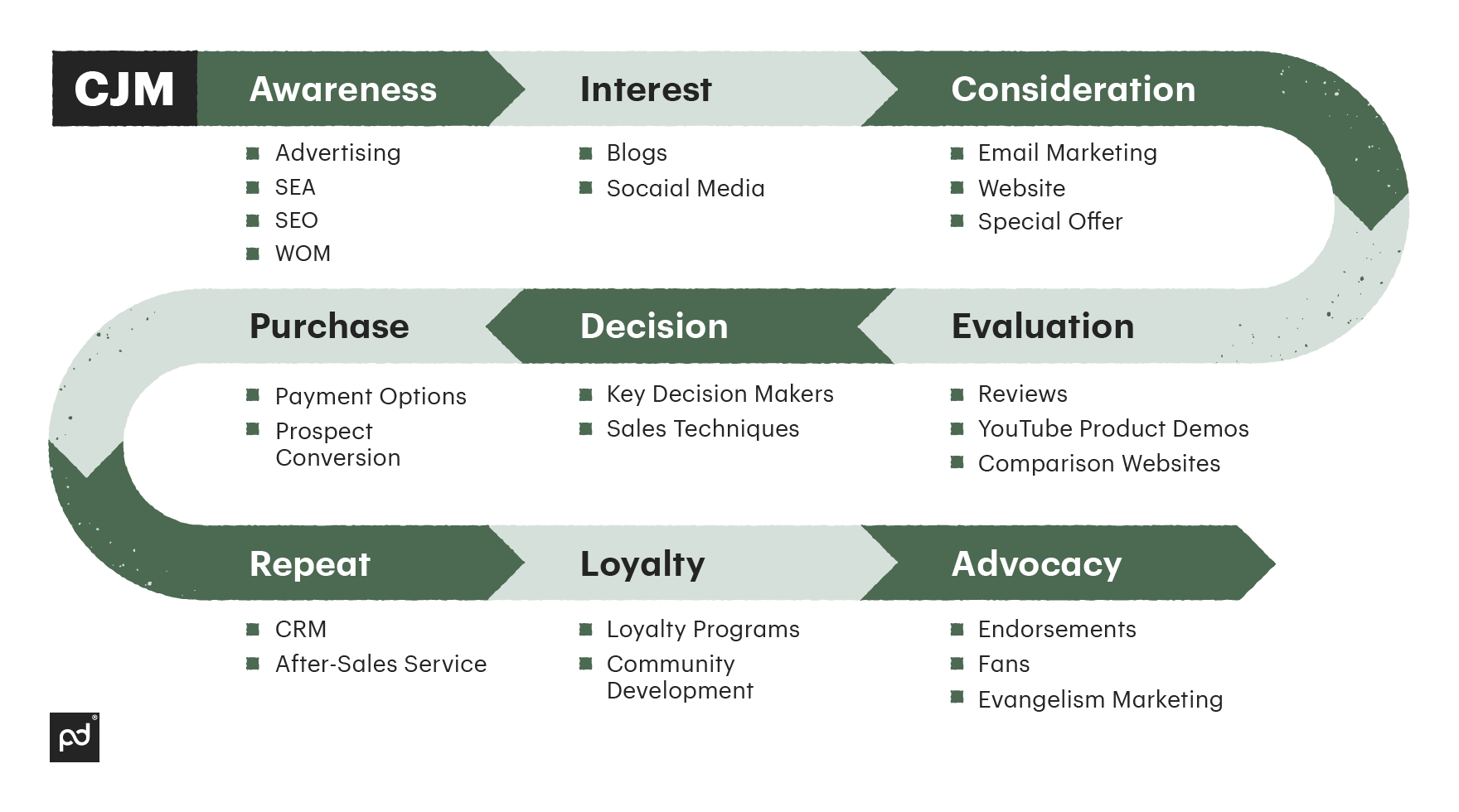
For example, let’s say a company offers its own project management service. Its ICP might be department heads at tech companies with teams of about 15–50 people who struggle with chaotic communication across multiple messengers or with constantly missed deadlines. Research will show that this target audience is likely searching for things like “tool for managing a remote team” or “Jira alternative with advanced reporting”. And since these users are in IT, their search behavior may peak at night while solving operational tasks.
Or take another example of a SaaS platform for marketing analytics. Its key audience would be marketing directors or heads of ad departments who want to cut traffic costs but don’t have a clear view of performance across acquisition channels. This portrait of the target audience means they will be typing queries like “ROI analytics across multiple sources” or “how to track LTV by traffic channel”.
In this case, the promotion strategy turns into a funnel. First, you create a broad service page around the bigger problem, like “Analytics Platform”. Then you build more specific landing pages tailored to narrow types of target audience search intent, such as “LTV analytics by traffic channels”. Those pages should feature client cases, integration examples, and real results.
Connection Between Target Audience and SEO: Key Factors that Drive Results
Once you have defined a clear portrait of the target audience, it becomes your compass, guiding every decision from keyword research to link building. Thus, your semantic core gets sharper because it is based on real user questions and problems; your website structure and content are designed to support users at different stages of their journey; educational materials help shape intent and guide decisions; and commercial pages make the buying process smoother and easier.
Semantic core and search intent
Let’s take a simple example of an online store that sells kids’ bike helmets. The online store target audience here is clear: parents searching for a helmet for their child, using queries like “lightweight helmet for 5-year-old” or “XS bike helmet”. In this case, even small details, such as age, weight, or purpose, show the difference between someone looking for an informational article (“how to choose a helmet”) versus someone with a purchase-ready query for a commercial product page.
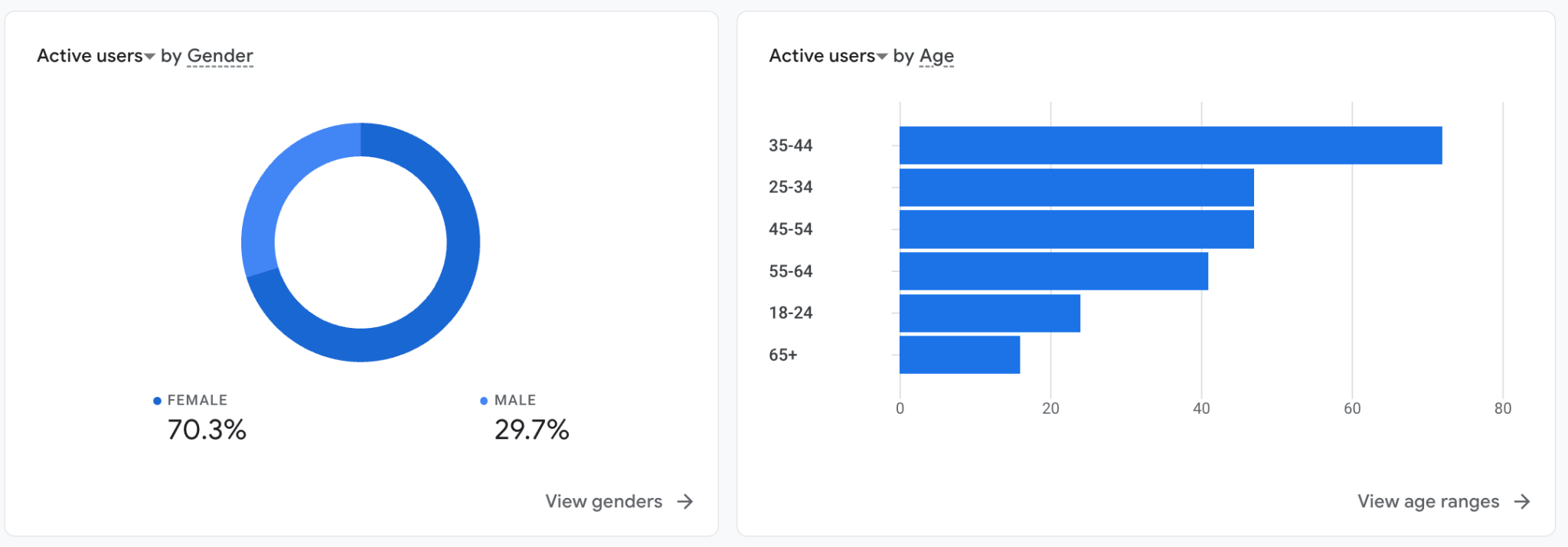
When your semantic core is built with those details in mind, search results start showing pages that immediately match the user’s buying intent, not just random blog posts. CTR grows not because the headline is “catchy” but because it perfectly describes the exact result the searcher is expecting.
Content marketing and website structure
This is where it is crucial to distinguish between different types of target audience: primary and secondary, broad and narrow.
For example, the primary target audience for a SaaS platform for IT infrastructure management will be department heads, DevOps leads, or CTOs, who make the final decision about adopting the service. The secondary target audience includes IT staff and system admins who will actually use the product and may influence leadership by giving recommendations. The broad audience is any company with remote or hybrid teams that need centralized infrastructure management. The narrow audience is your ICPs actively searching for highly specific queries like “server monitoring services ISO/IEC 27001” or “cloud platform for CI/CD automation.”
You can also break down your target audience segmentation by readiness to buy. “Cold” visitors are just learning about DevOps automation, “warm” ones are comparing different services and looking for integration examples, and “hot” leads have a very specific query and want proof of effectiveness before they hit purchase.
Each of these groups requires different content and site structure: for cold audiences, blogs work best; warm audiences prefer checklists and comparison guides; and for hot audiences, it’s all about well-optimized service pages with strong CTAs like “Try the demo.”

This natural gradation of content shapes the entire site structure: informational articles lead to review-style posts, and those, in turn, connect to commercial pages. Together, they create “topic clusters” that search engines see as logical hierarchies and users see as clear, intuitive paths.
Technical SEO and usability
When it comes to technical optimization, target audience behavior is everything. For example, analyzing data from Google Analytics and session tracking tools like Hotjar or Clarity, you might see that most potential B2B clients looking for SaaS solutions to manage DevOps processes visit the site from work laptops, usually in the morning or during their lunch break. At the same time, another slice of the SEO target audience, CTOs, COOs, or CEOs, tends to check out the site on mobile while traveling, or later in the evening after work.
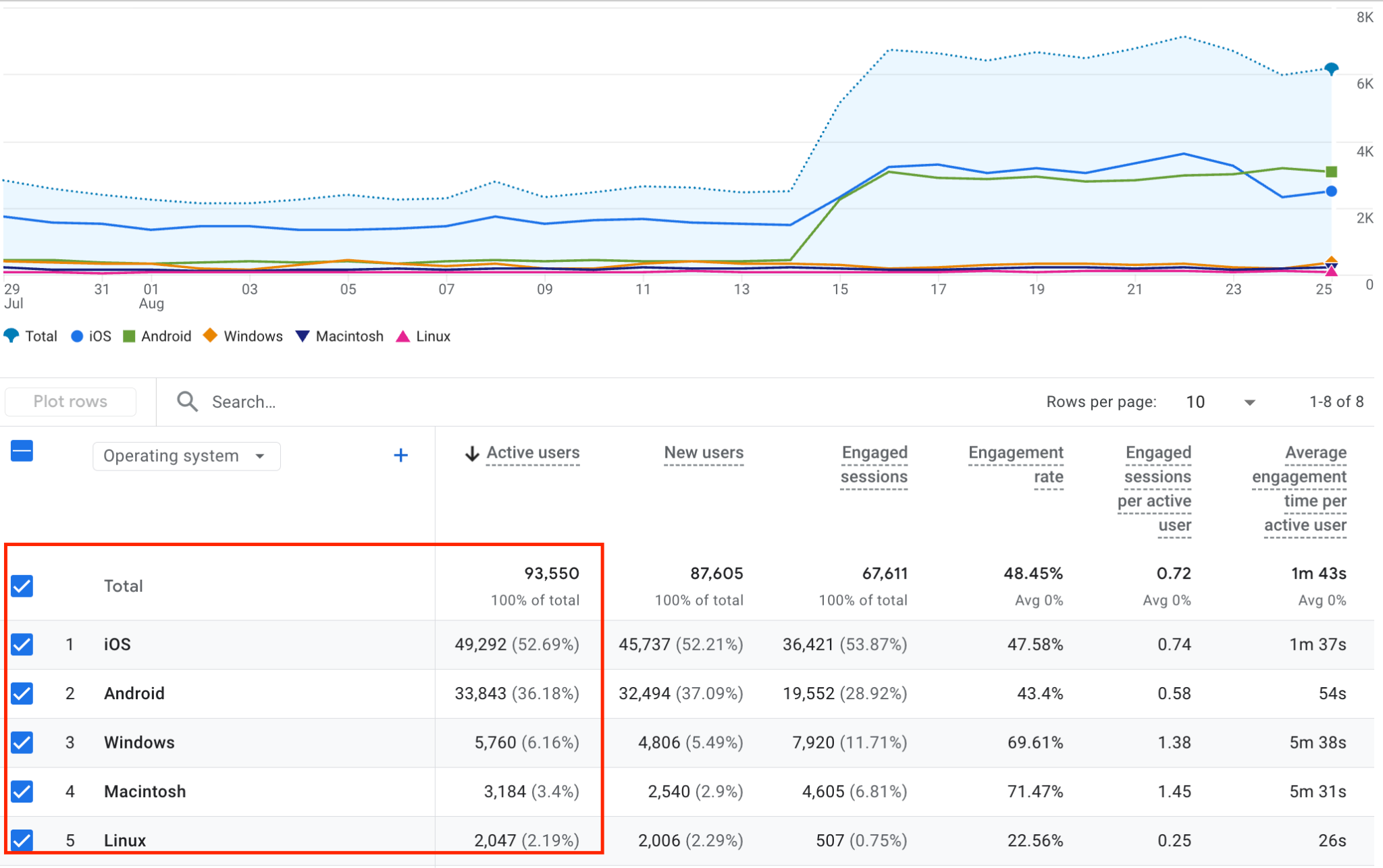
So what’s the takeaway? For this kind of site, the mobile version isn’t just a “nice-to-have” but the default. Fast-loading images and pages are also absolutely critical. Navigation should immediately suggest target audience segmentation by task type (“CI/CD automation,” “server monitoring,” “data security”) so that decision-makers can quickly find the use case they care about. And don’t overlook timing. For IT professionals, “working hours” often mean evenings or even late nights, so optimizing for that browsing behavior is essential.
On product pages, we make heavy use of demo videos and interactive interface previews. This way, technical specialists can dive into the functionality, while managers instantly see the business value.
Link building and external signals
Let’s go back to our kids’ bike helmet store example. Once we have nailed down the website target audience, we can completely rethink our link-building strategy. What’s important for us here is that parents shopping for helmets tend to trust reviews on blogs or forums where other parents or pro cyclists share their experiences. Kids, on the other hand, get their inspiration from YouTube channels, whether it’s other kids unboxing helmets or creators showing off tricks.
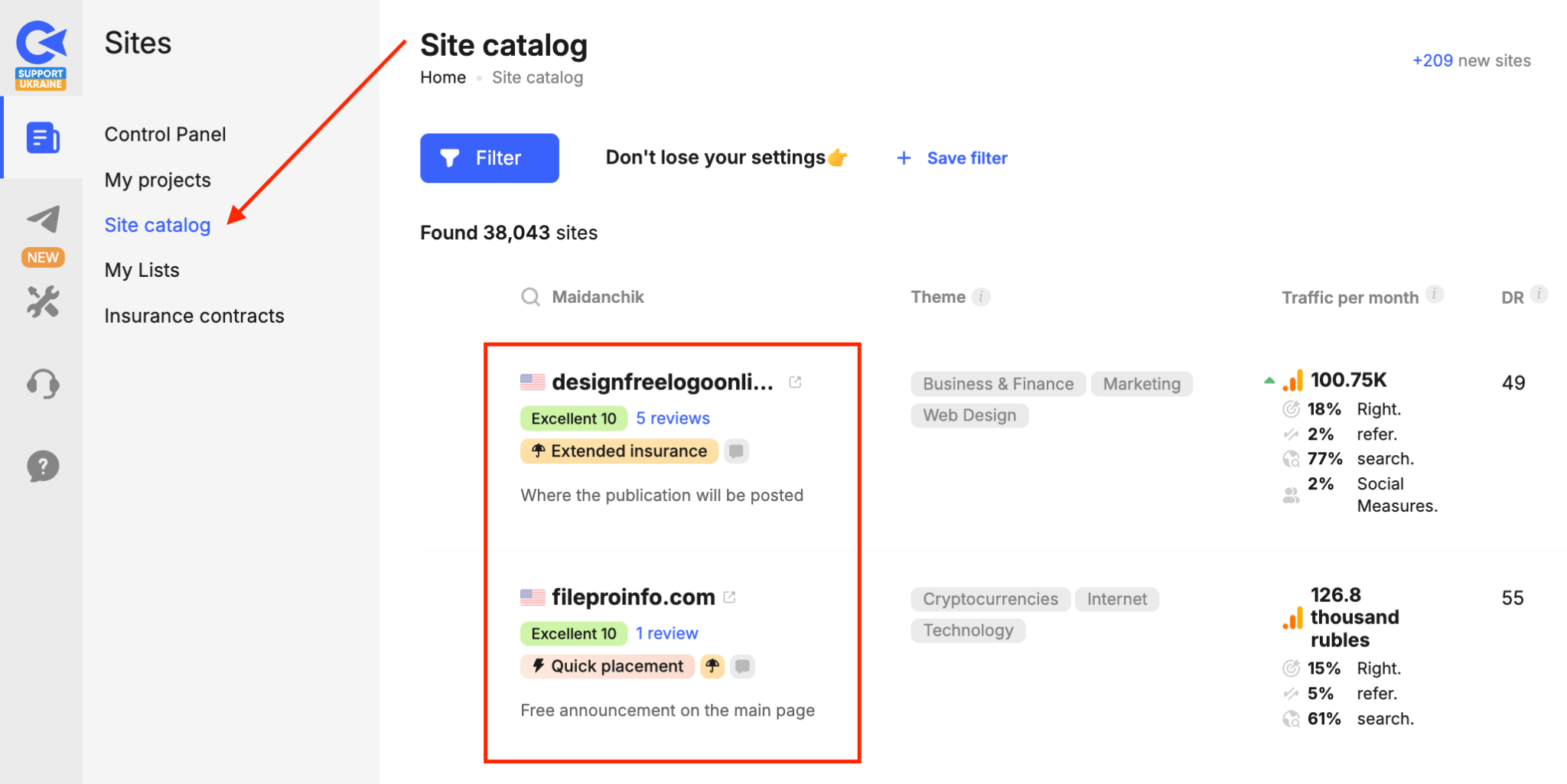
That means publishing an article on a niche blog about choosing certified protective gear will drive traffic with a higher conversion rate because the reader has already overcome doubts about safety. Meanwhile, a partner review of a new helmet collection with fun prints, posted on a forum, will naturally spark a wave of backlinks as teens start discussing the designs.
What’s great is that search engines notice this, too. When your brand is mentioned in places where the actual buying decisions happen, not just on generic news portals, the thematic match builds authority and expertise much faster than a hundred random links from directories.
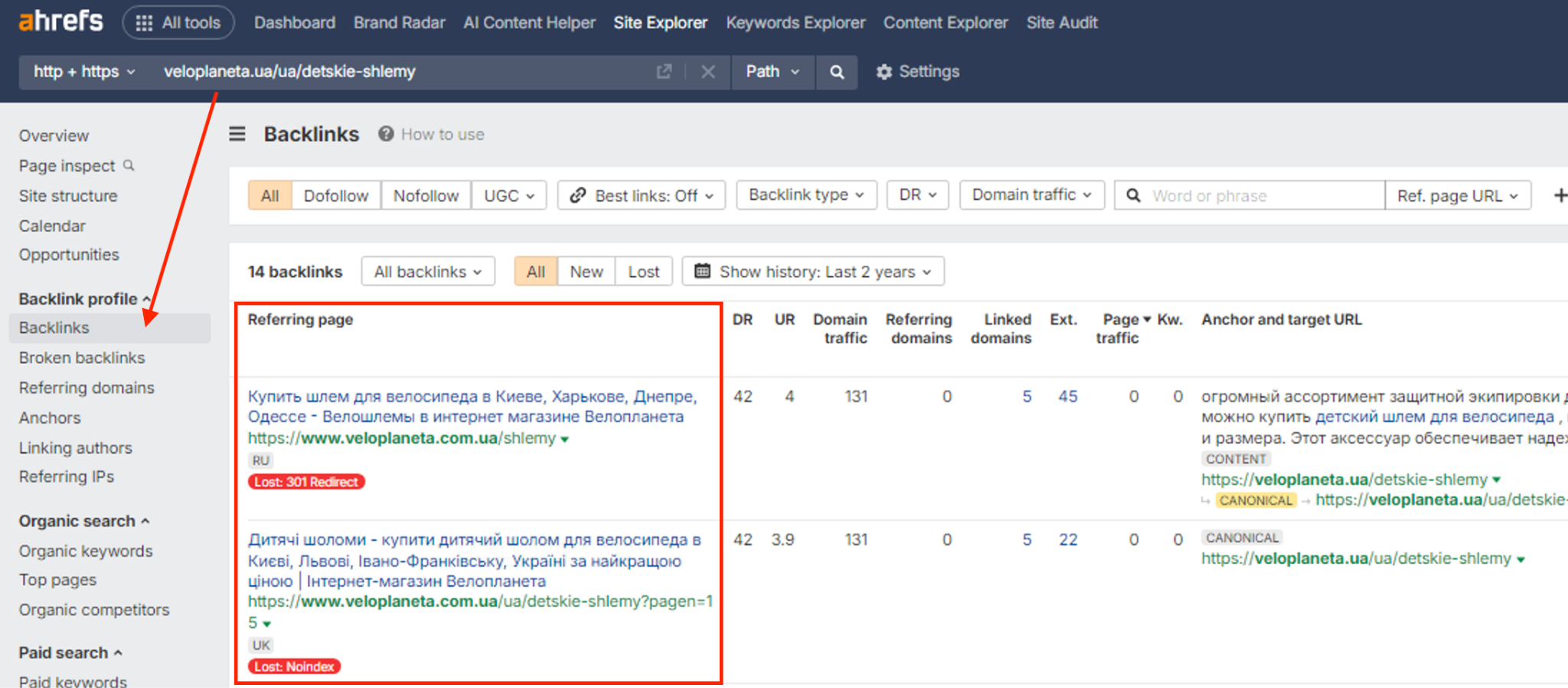
When your technical foundation aligns with the real-life behavior of parents and kids, and your external signals come from platforms that this ecommerce target audience actually trusts, your SEO strategy turns into a balanced ecosystem. The store climbs in organic rankings and gets visitors ready to buy a helmet on their very first visit.
When all four pillars are synced with the portrait of the target audience, SEO stops being a checklist of generic tips. It becomes a fully managed process that brings in the right users — the ones who actually buy, not just browse.
Role of Website Target Audience in SEO Failures
It happens all the time: A business invests in SEO to drive sales, but ends up with nothing more than “dry” top rankings and reports filled with thousands of sessions. The most common reason for this mismatch is an incorrectly defined or never properly formalized target audience.
Take our bike helmet online store example. The site launches a page for a new helmet collection, but only targets broad keywords like “kids’ helmet.” Without specifics about age, safety standards, or parent motivations, Google sends in broad, unfocused traffic. Conversions stay at zero because mixed-intent queries attract both actual parent-buyers and, say, school kids looking for a picture for a presentation. This way, you get:
- A site ranking in the TOP, but no sales (no conversions).
- Beautiful spikes in Google Analytics traffic but “cold” leads.
- A financial model that doesn’t match reality because SEO isn’t segmenting by purchase readiness.
The same thing can happen in IT/SaaS. A company optimizes for broad terms like “project management system” without clarifying the industry or use cases. As a result, you are pulling in not your SEO target audience, but students hunting for free Trello alternatives or freelancers.
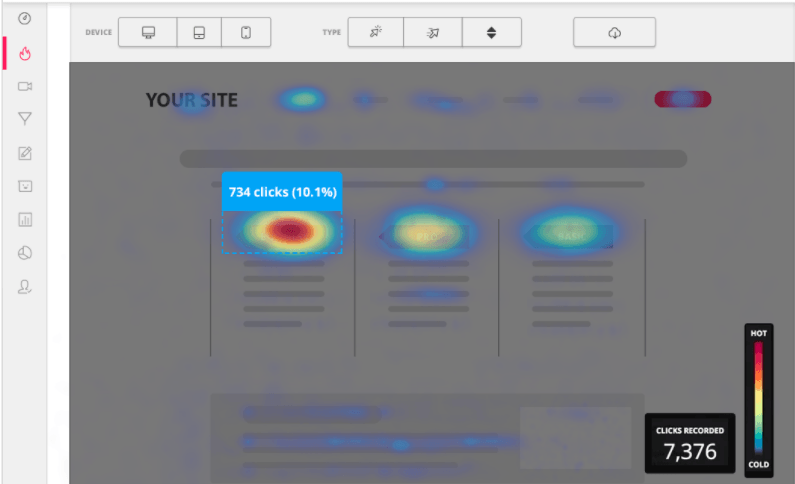
In both cases, the fix is the same: clearly define your portrait of the target audience and ICP, then build content that moves users down the funnel from informational pages to commercial ones. For an online store, that means linking blog content directly to product pages. For SaaS, it means weaving case studies and real-world examples into articles that address specific customer pain points.
How Our Agency Helps Define the Target Audience for SEO Success
At Livepage, we have seen time and again how businesses launch SEO campaigns without a clearly defined target audience.
That’s why, when we worked with Gainy, a fintech platform for investments in the US market, we began by conducting deep audience segmentation from amateur investors looking for entry-level advice to professional traders seeking advanced analytics for smarter investment decisions. By fully understanding who makes the decisions and what questions they ask at each stage of the funnel, we shaped the entire site structure and built a crystal-clear content matrix.
The result? In just a year and a half, Gainy grew from zero to 10,000 users and over 100 conversions per month.

Our approach at Livepage is both systematic and flexible. While we follow a proven methodology across niches, we never lose sight of each project’s individuality. First, we collect “raw” data from interviews with the client’s team, GA4 analytics, search queries, and Hotjar behavior maps. From there, we shape an initial target audience profile and test hypotheses about their pain points and motivations.
The insights feed directly into a new semantic core: queries get grouped by conversion readiness, the site structure is mapped to those stages, and the content plan aligns perfectly with the sales funnel. As user behavior shifts, the audience portrait evolves too. Fresh data gets clustered into new search intents, which in turn guide both content creation and technical SEO updates.
Wrapping up
The right target audience is what turns SEO from just chasing rankings into a tool that actually brings in the people ready to buy and convert. When every page, keyword, and external platform is tied to the real needs of your website target audience, traffic stops being just “abstract numbers” in Google Analytics. Instead, it becomes a steady stream of qualified leads that drive sales.
At Livepage, we help you build that system. We will run a full target audience analysis, integrate its insights into SEO promotion (semantic core, content strategy, etc.), and develop a result-oriented campaign designed to increase your profit.


